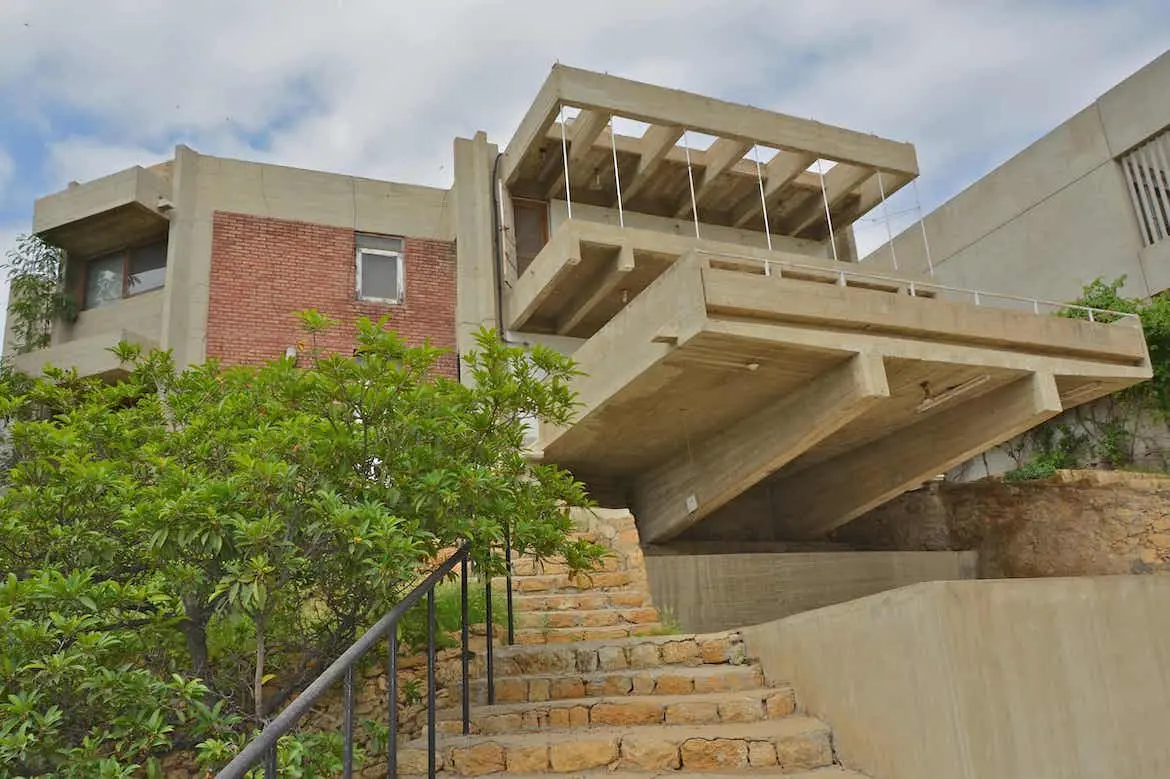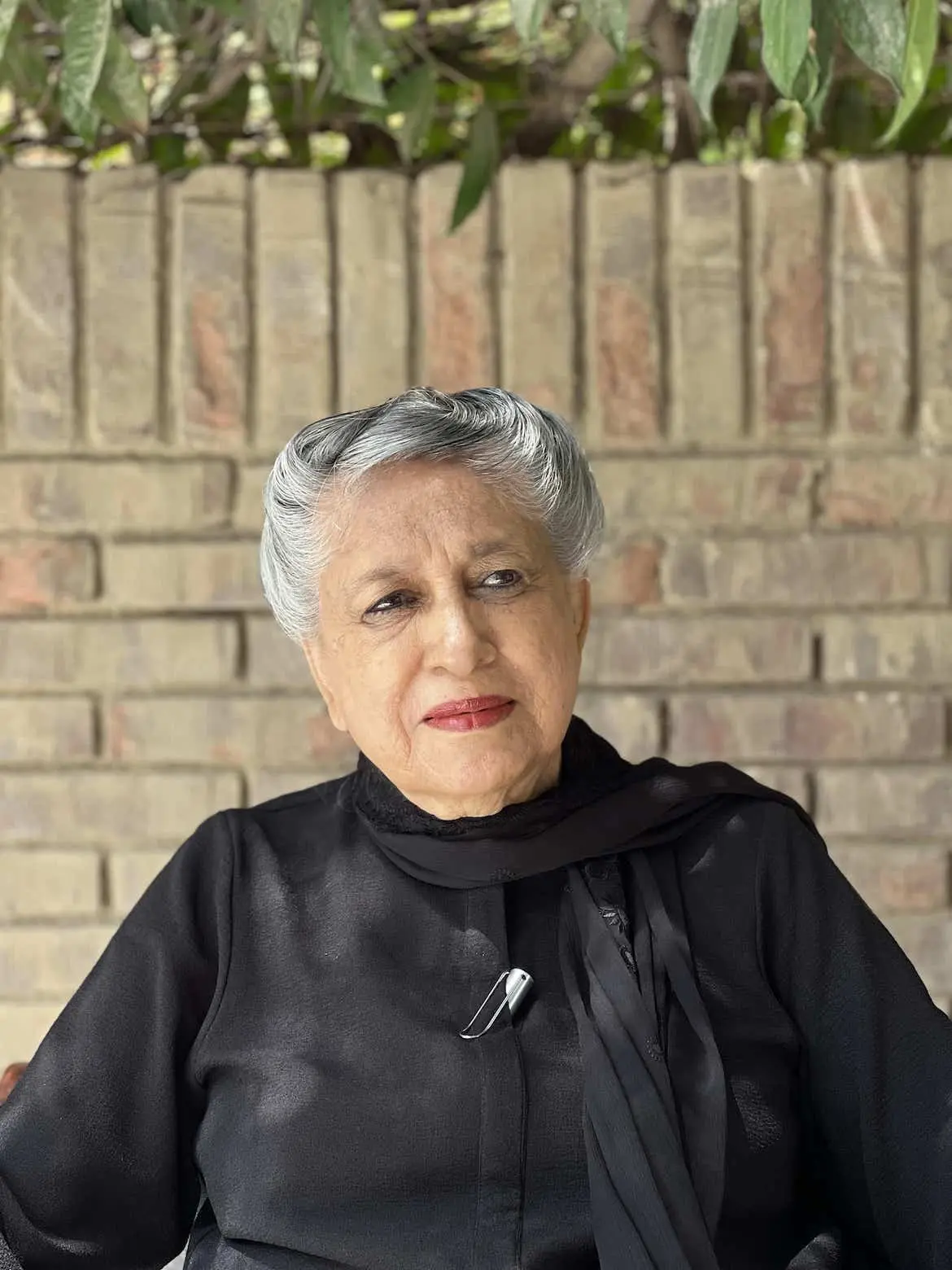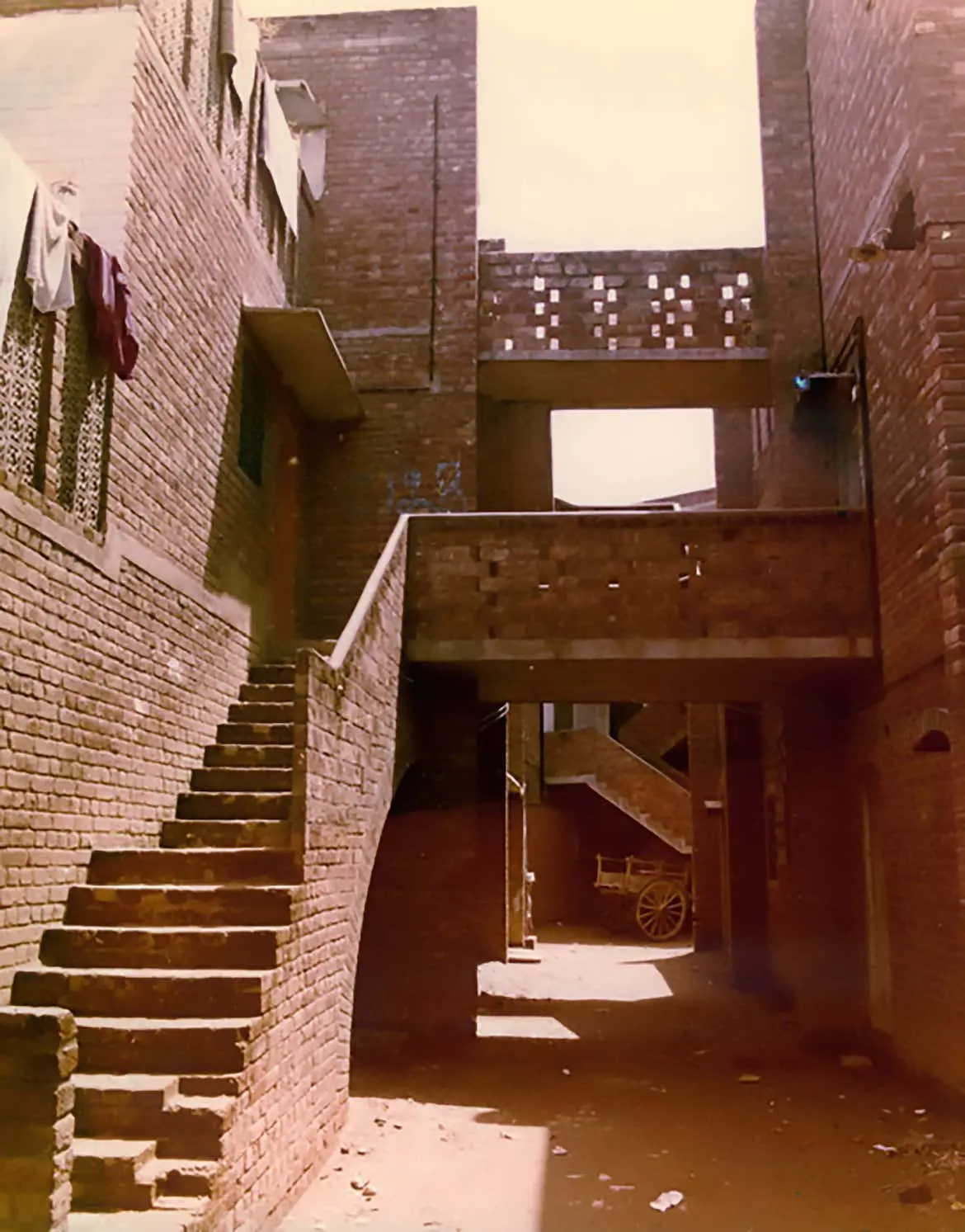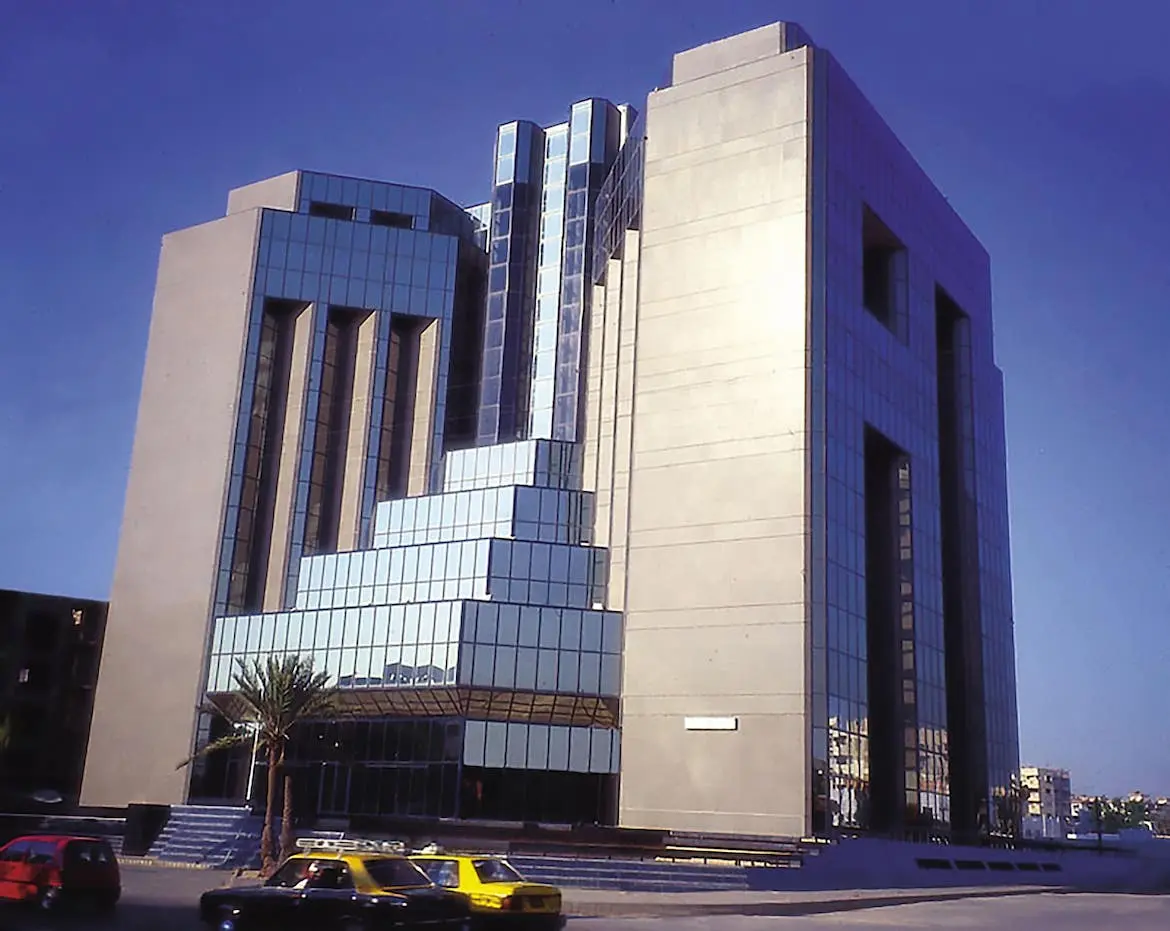On April 27, the Royal Institute of British Architects (RIBA) announced Pakistani architect and activist Yasmeen Lari as the 2023 recipient of its prestigious Royal Gold Medal.
Recognizing individuals (and a smattering of duos and groups) for having a “significant influence either directly or indirectly on the advancement of architecture,” the international prize has been monarch-rubber-stamped since its inception in 1848. Lari, however, is the first recipient to be personally approved by King Charles III, whose mother sanctioned past winners ranging from Buckminster Fuller (1968) to Rem Koolhaus (2004), Mies van der Rohe (1959) to 2023 Pritzker Prize laureate David Chipperfield (2011). Transitioning away more than two decades ago from landmark civic and commercial commissions that garnered international recognition in the 1970s and 80s to focus squarely on humanitarian design work, Lari is arguably Pakistan’s most well-known living architect and the first woman to practice the profession in the country. She joins a modest but growing list of female Royal Gold medalists that includes, among others, Shelley McNamara and Yvonne Farrell of Grafton Architects (2022), Zaha Hadid (2016), and Ray Eames, who was jointly presented with the award with husband Charles in 1979.
“I never imagined that as I focus on my country's most marginalized people—venturing down uncharted vagabond pathways—I could still be considered for the highest of honors in the architectural profession,” said a “totally delighted” Lari, 82, whose past accolades include the Jane Drew Prize (2020) among others.

Lari House, Karachi, Pakistan (1982). Photo © Heritage Foundation of Pakistan

1

2
Yasmeen Lari (1). Angoori Bagh Social Housing in Lahore, Punjab (1973) (2). Photos © Anam Baig (1); Heritage Foundation of Pakistan (2)
“Lari’s mission during her ‘second’ career has empowered the people of Pakistan through architecture, engaging users in design and production,” Allford added. “She has shown us how architecture changes lives for the better.”
Born in 1941 in the Punjabi city of Dera Ghazi Khan, Lari spent much of her young adulthood in London, graduating from the School of Architecture at Oxford Brookes University (then Oxford Polytechnic) in 1964 before returning to her native Pakistan at the age of 23 to establish the busy Karachi practice Lari Associates alongside her husband. With Lari Associates, Yasmeen Lari gained recognition as a leading adherent of the Brutalist style, with major—frequently monumental—works in and around Karachi including the Taj Mahal Hotel (1981), the Finance and Trade Center (1989), and Pakistan Oil House (1991). Much of her early work in the 1970s was dedicated to social housing, including Angoori Bagh, which was completed in 1973 in the Punjabi capital of Lahore as Pakistan’s first public housing scheme.

Pakistan Oil House, Karachi (1991). Photo © Heritage Foundation of Pakistan
In more recent years, Lari’s work with the Heritage Foundation has yielded more than 50,000 low-cost, accessible dwellings built from natural, readily available materials—chiefly bamboo—for communities across Pakistan displaced by natural disasters and those living on the margins of society. She is also the designer of the World Habitat Award–winning Chulah Cookstove, a smokeless, self-build cooking device built from mud that offers an economical, eco-friendly alternative to highly polluting and fuel-intensive traditional Pakistani stoves.
“Lari’s vital contribution identifies different ways of working which suggest how the international architecture profession can play an ever more useful role in helping communities to help themselves, while also responding to climate change,” concluded the award citation. “It is Lari’s focus on architecture as a complete and vital social, cultural, economic, and aesthetic model, as well as her mantra of ‘low cost, zero carbon, zero waste’ that makes her hugely relevant to all who practice today.”




Post a comment to this article
Report Abusive Comment